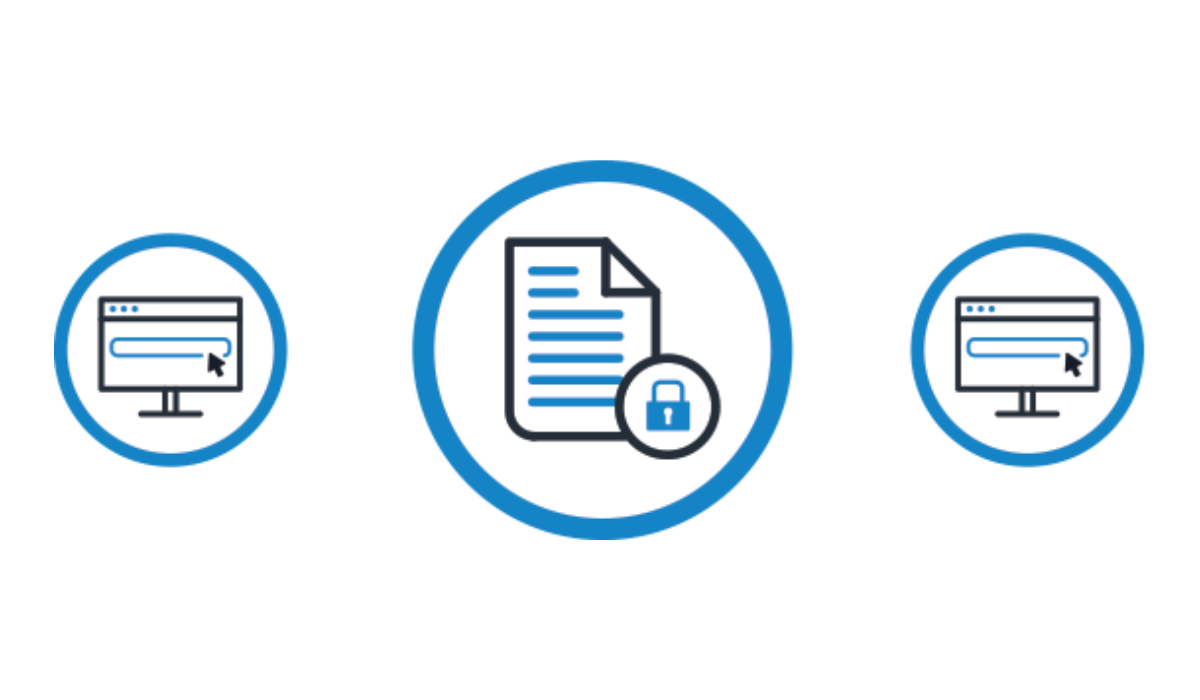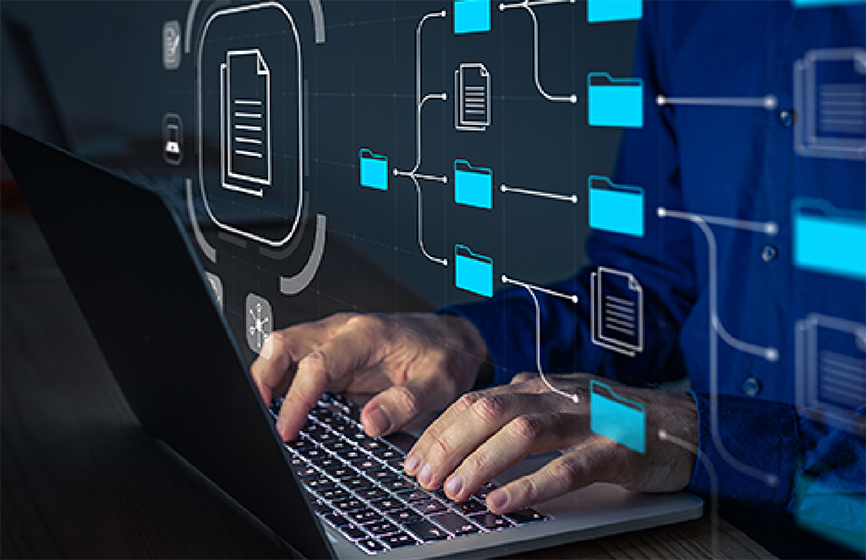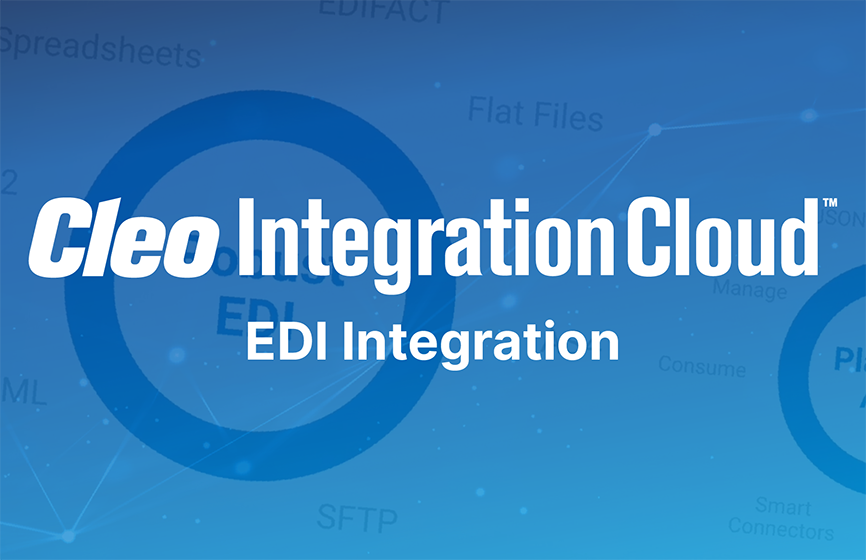Read the guide below to learn about the EDI 310.
If you need to send or receive EDI 310s, contact our team of EDI experts today.

EDI 310: Freight Receipt and Invoice (Ocean)
What is an EDI 310?
The EDI 310 Freight Receipt and Invoice (Ocean) is to sent to provide ocean bill of lading information. It is sent by ocean carriers to interested parties and can be used as the receipt for the shipment; to substitute for a paper bill of lading where the parties have agreed that a paper bill of lading is not necessary.
EDI 310 is comparable to the EDI 210 Motor Carrier Freight Details and Invoice which is used for freight shipments, and also the more generic EDI 810 Invoice.
How is an EDI 310 used?
An EDI 310 Freight Receipt and Invoice (Ocean) is used by shippers, ocean carriers, and terminal operators to exchange receipt as well as invoice details related to a shipment. It can also be used to provide information related to ocean carriers.
The EDI 310 set is used for the following purposes:
- Ocean carriers send the bill to various interested parties, which use it as a receipt
- It is used as a substitute of a paper bill of lading (it is imperative for the parties to agree that a paper bill of lading is not required)
- It verifies the bill of lading information before printing and releasing the receipt
- It provides general information
- It conveys manifest information
- It is also used as an invoice for the related freight
EDI 310 Specification
This X12 Transaction Set contains the format and establishes the data contents of the Freight Receipt and Invoice (Ocean) Transaction Set (310) for use within the context of an Electronic Data Interchange (EDI) environment. The transaction set can be used to provide ocean bill of lading information. It is sent by ocean carriers to interested parties and can be used as the receipt for the shipment; to substitute for a paper bill of lading where the parties have agreed that a paper bill of lading is not necessary; to allow shipper or forwarder to verify bill of lading information before an original is printed and released; for information purposes, i.e., as a bill of lading copy; by the carrier to convey manifest information to a terminal operator; and as an invoice for freight.
Sources
Accredited Standards Committee X12. ASC X12 Standard [Table Data]. Data Interchange Standards Association, Inc., Falls Church, VA. https://x12.org/index.php/products/transaction-sets

Automate EDI / API Transactions
Eliminate manual integration flows by automating and orchestrating EDI and API-based transactions in an intuitive self-service, low-code development environment.
Not ready for self-service? Leverage Cleo’s Managed Services team to get you up and running.
Keep a list of all X12 EDI transaction sets at hand.
Access a free EDI Transaction Set Guide
More EDI Resources
Explore additional EDI resources to deepen your understanding and enhance your proficiency in Electronic Data Interchange.


